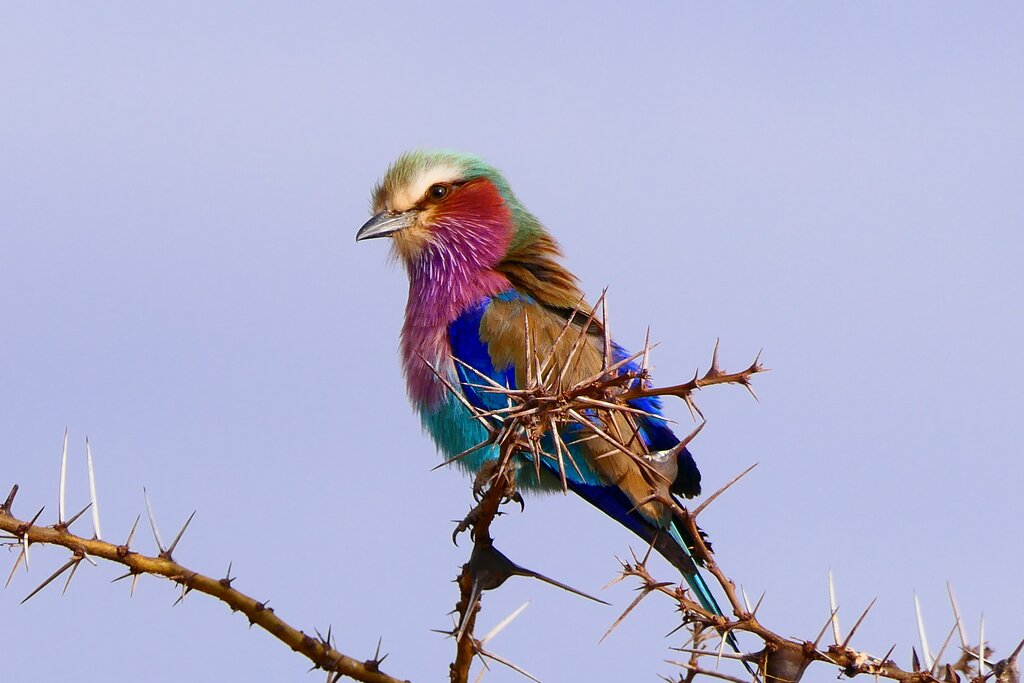Weather
Tanzania has a tropical climate, and temperatures are pretty consistent year-round, averaging between 77°F–86°F (25°C–30°C) in the lowlands and at the coast, and around 59°F–68°F (15°C–20°C) in the highlands. The most significant variables are altitude and rainfall. The period between November and March is often referred to as the "green season." There isn't much rain earlier in March, and when there is precipitation, it's mainly at night. However, the humidity builds, and by later in the month, you should expect some significant rain, which lasts into May. March is the beginning of Tanzania's so-called long rainy season.
Crowds & Costs
March is the start of the low season for travel to Tanzania, as the weather gets wetter. You may still get a good deal at safari locations and beach resorts earlier in the month, but as March progresses, many start to shut up shop for the low season. Those lodges that do remain open may offer good deals, but consider the location carefully and whether you'll have a good time sitting in a hotel when it's pouring outside.
Where to Go
In January and February, migrating herds of wildebeest head to northern parts of the country— especially the Ndutu Plains, Ngorongoro Conservation Area, and southern part of the Serengeti National Park—for calving. By March, these herds tend to head west, to the Grumeti River, on the western corridor of Serengeti National Park. If you want to go on a wildlife safari in Tanzania in March, head to this part of the country. Be aware that heavy rains might make some roads impassable, so consider flying between places when possible.
Chat with a local specialist who can help organize your trip.
What to Do
Many people consider bird watching to be at its best in Tanzania in the long rainy season, so if you're a keen birder, March is a great time to visit. Ideal bird-watching destinations include the Mount Meru area—where you can spot crowned hawk-eagles, cinnamon-chested bee-eaters, Rueppell’s robin-chas, and the very rare Beesley's larks, among other species—and Tarangire National Park, said to offer some of Tanzania's best bird-watching. Here you may spot ashy starlings, yellow-collared lovebirds, and rufous-tailed weavers, among others.
As well as watching beautiful birds, you can enjoy the gorgeous landscapes at this time of year. It's known as the green season for a reason, and the increasing rains in March bring the vegetation to life. Moody, cloud-filled skies also often lead to great sunsets.
Events in March
Kilimanjaro Marathon, Moshi. Sometimes held in late February, this running event doesn't invite professional runners, so amateurs are guaranteed to win while having a great time.
Traveling to Tanzania in March? Check out this great itinerary
Highlights of Serengeti National Park - 5 Days. In just five days, you can experience the majesty of Tanzania's crown jewel of wildlife reserves. This includes spotting coveted Big Five animals, including lions, leopards, and elephants.
More Helpful Information
Tanzania in February
Tanzania in April
Best Time of Year to Visit Tanzania
How Many Days to Spend in Tanzania
